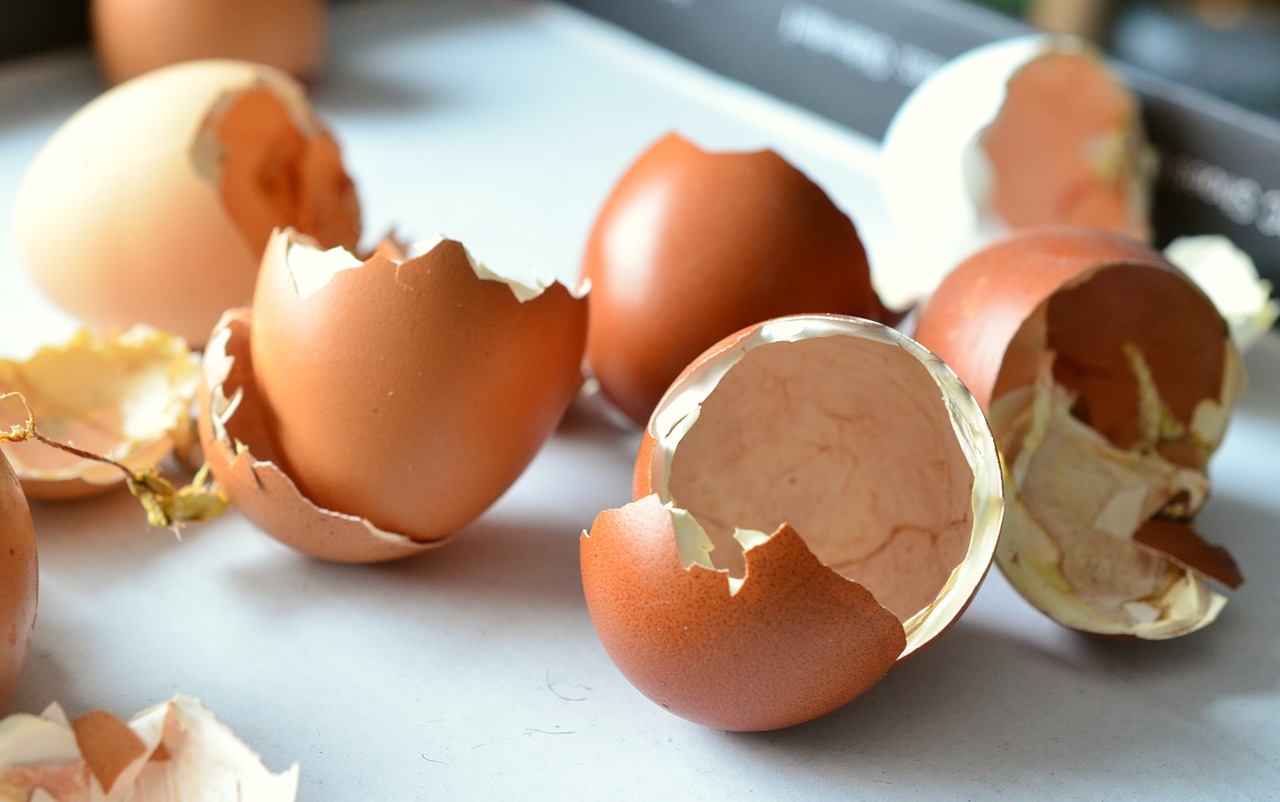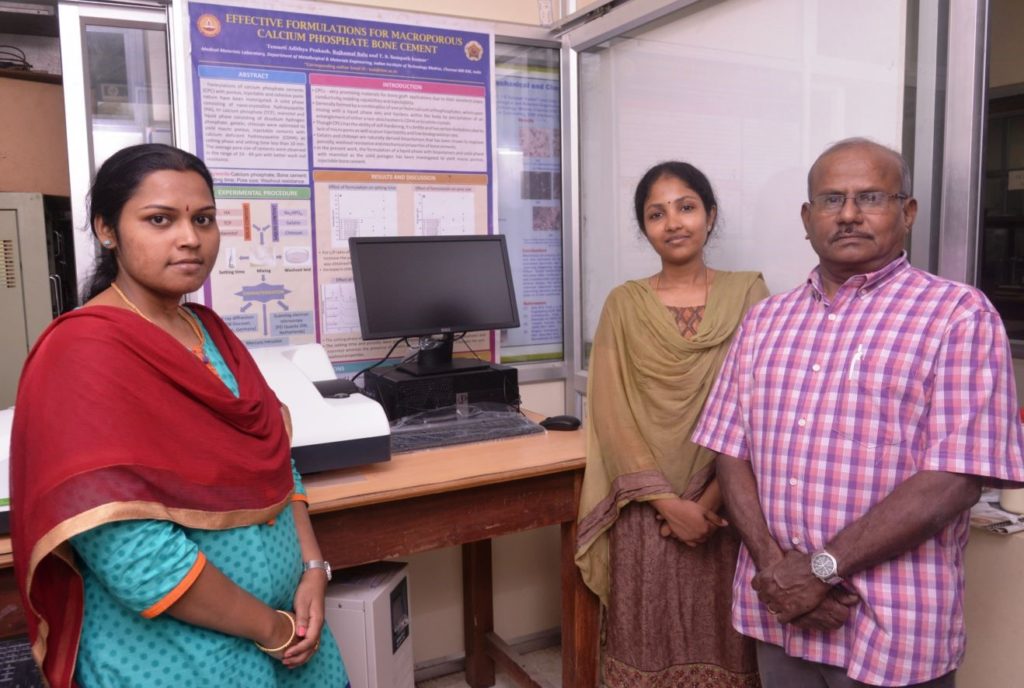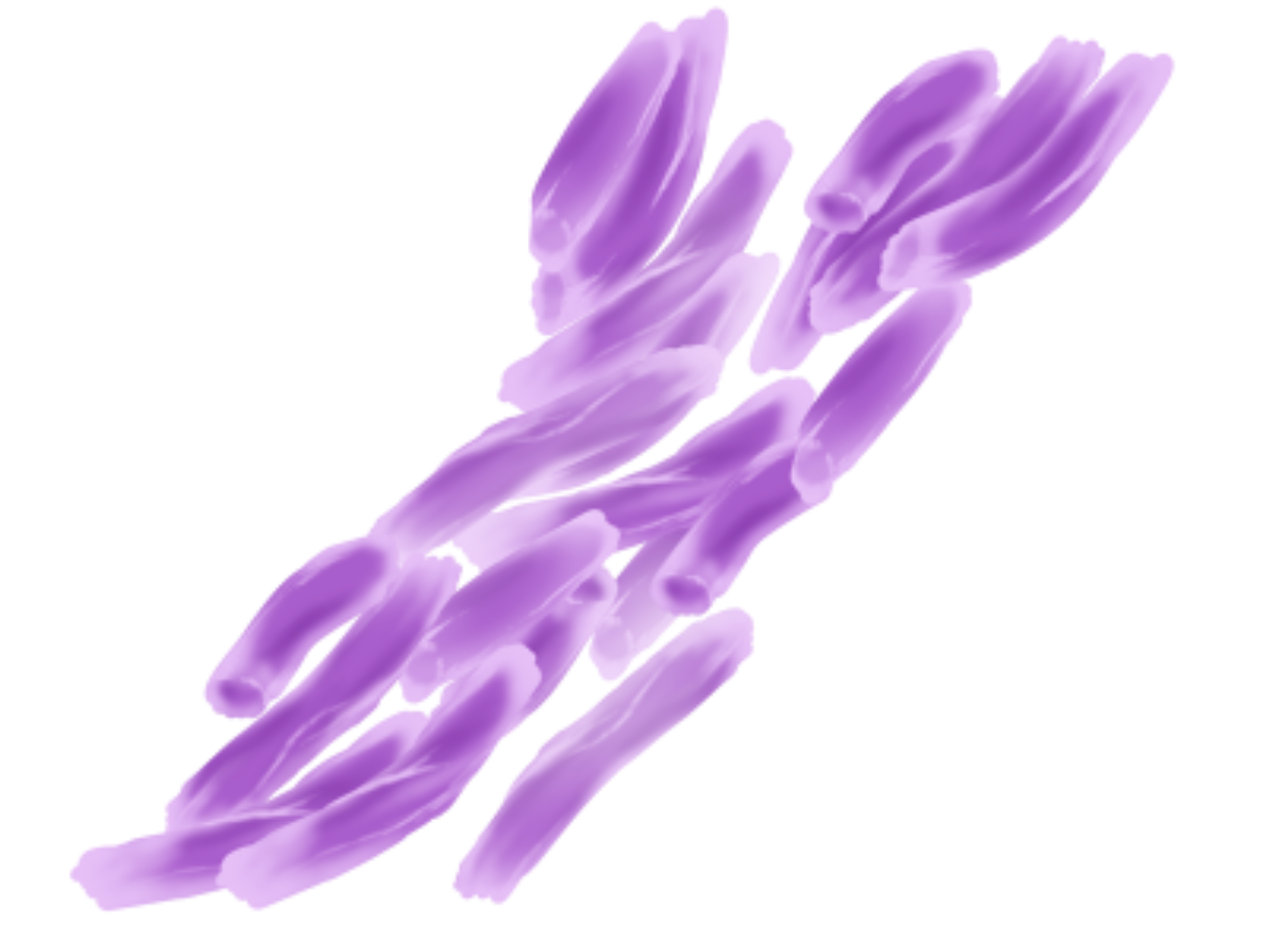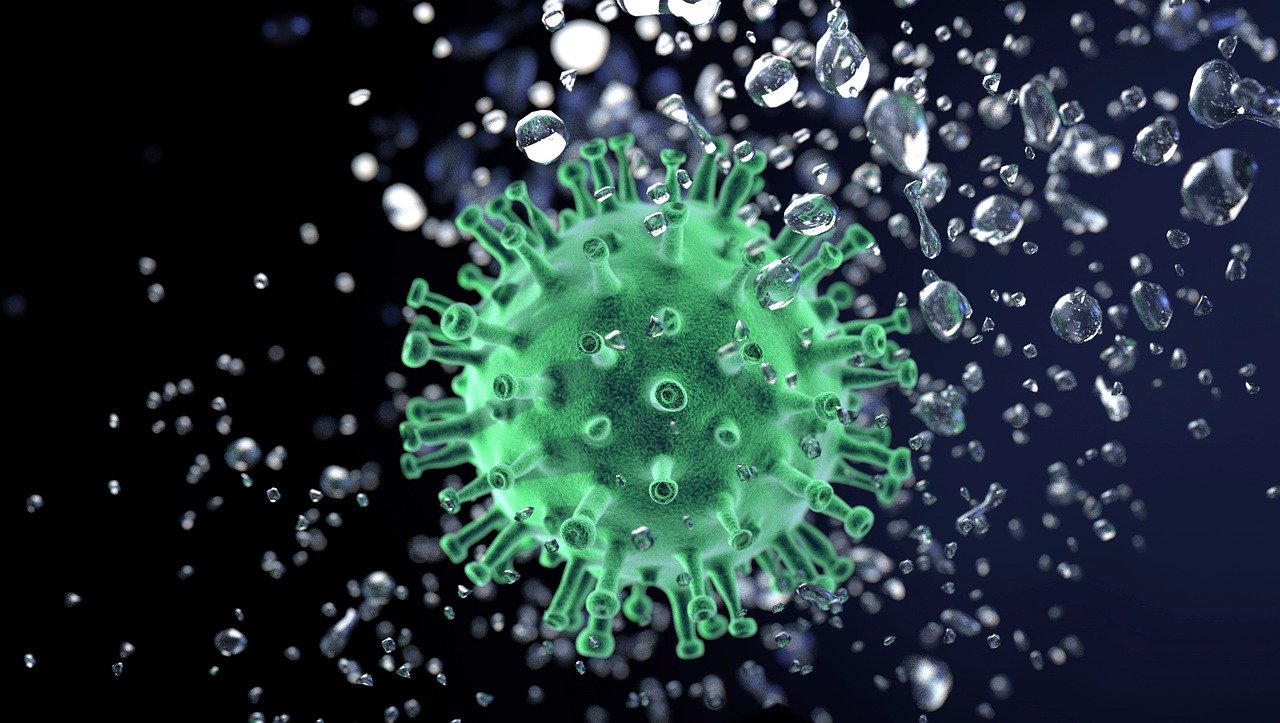
Eggshell-Derived Nano Particles Can Be Used For Drug Delivery
- News
- 2.3K
Eggshells are among the most commonly discarded kitchen waste. Now scientists are putting eggshells to some novel use – drug delivery – by deriving nanoparticles out of them.

A team of scientists at the Indian Institute of Technology (IIT) Madras have developed a method to use eggshells for synthesizing nanoparticles. These nanoparticles could be potential candidates for local drug delivery as well as a material for bone grafts.
Nanoparticles are extremely tiny particles which can be customized for various biomedical applications like diagnostics, drug delivery etc. Researchers feel eggshell-derived nanoparticles may be suitable for use in humans as they have tested biocompatibility of calcium phosphate cement made from eggshells as dental implants in preliminary studies in humans. However, eggshell-derived nanoparticles are yet to be tested in humans.
Using microwaves, scientists synthesized carbonated calcium deficient hydroxyapatite (ECCDHA) nanoparticles from egg waste. These nanoparticles are similar to human bone in mineral composition.
In order to check drug delivery efficacy of these nanoparticles, researchers compared them with synthetic hydroxyapatite nanoparticles and found them to be more efficient. They are better in loading and releasing drugs in a sustained manner compared to the synthetic nanoparticles. A higher drug-loading capacity means a lesser quantity of nanoparticle material is needed for drug delivery.
The efficacy of these particles was analyzed using an antibiotic as a test drug. “Apart from their ability to deliver the antibiotic, eggshell derived apatite nanoparticles also showed a higher amount of bovine serum albumin (BSA) protein delivery, which means they may be employed for delivering growth factors for bone regeneration”, Prof. Sampath Kumar, who led the team, told India Science Wire.
In addition to drug delivery, the presence of ions like strontium, magnesium, fluoride, and sodium in small amounts in these nanoparticles makes them potentially useful as graft materials for bone regeneration. “Since these eggshell derived particles are very similar to human bone with respect to their mineral composition, we propose that these may be potential candidates for bone substitutes and may be used for the treatment of infections associated with bone loss,” said Kumar.
Hydroxyapatite is a major mineral base of human bone and is one of the most studied biomaterials for more than half a century. However, synthetic hydroxyapatite drastically varies from biological apatite found in human bone. It lacks the trace elements, which are highly essential for bone growth and remodeling. “Hydroxyapatite with a chemical composition similar to biological apatite would be beneficial for bone applications”, pointed out Dr. M Ramalingam, co-author of the study.
The research team has tested eggshell derived calcium phosphate cement in humans. “Preliminary clinical studies with six patients have indicated clinical efficacy of eggshell derived cement in treating bone (dental) defects, demonstrating complete resorption with new bone formation”, Kumar said. These studies suggest that the eggshell nanoparticles have better physical and biological properties than synthetically derived ones.
The team included R. Jayasree, K. Madhumathi, Rakesh P. Nankar, Mukesh Doble, and T. S. Sampath Kumar at IIT Madras; Deepti Rana and Murugan Ramalingam from CMC Vellore. The study has been published in Journal of Nanoscience and Nanotechnology and was funded by the Department of Biotechnology (DBT).
By Dr. Shikha T Malik
Journal Article
Development of Egg Shell Derived Carbonated Apatite Nanocarrier System for Drug Delivery
For the latest Science, Tech news and conversations, follow Research Stash on Twitter, Facebook, and subscribe to our YouTube channel


